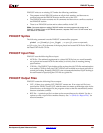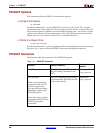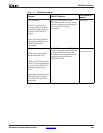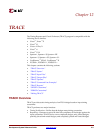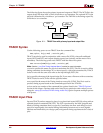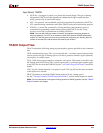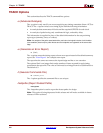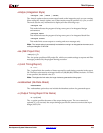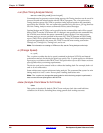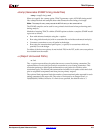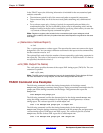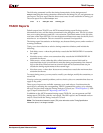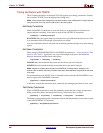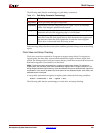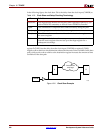
Development System Reference Guide www.xilinx.com 215
TRACE Options
R
–intstyle (Integration Style)
–intstyle {ise | xflow | silent}
The –intstyle option reduces screen output based on the integration style you are running.
When using the –intstyle option, one of three modes must be specified: ise, xflow, or silent.
The mode sets the way information is displayed in the following ways:
–intstyle ise
This mode indicates the program is being run as part of an integrated design
environment.
–intstyle xflow
This mode indicates the program is being run as part of an integrated batch flow.
–intstyle silent
This mode limits screen output to warning and error messages only.
Note:
The -intstyle option is automatically invoked when running in an integrated environment, such
as Project Navigator or XFLOW.
–ise (ISE Project File)
–ise project_file
The –ise option specifies an ISE project file, which can contain settings to capture and filter
messages produced by the program during execution.
–l (Limit Timing Report)
–l limit
The –l option limits the number of items reported for each timing constraint in the report
file. The limit value must be an integer from 0 to 2,000,000,000 (2 billion) inclusive. If a limit
is not specified, the default value is 3.
Note:
The higher the limit value, the longer it takes to generate the timing report.
–nodatasheet (No Data Sheet)
–nodatasheet
The –nodatasheet option does not include the datasheet section of a generated report.
–o (Output Timing Report File Name)
–o report[.twr]
The –o option specifies the name of the output timing report. The .twr extension is
optional. If –o is not used, the output timing report has the same root name as the input
design (NCD) file.



